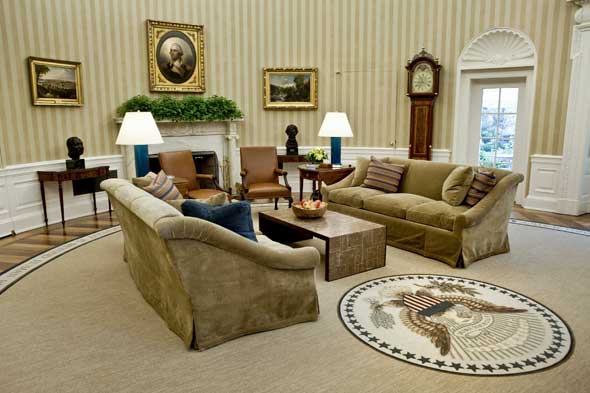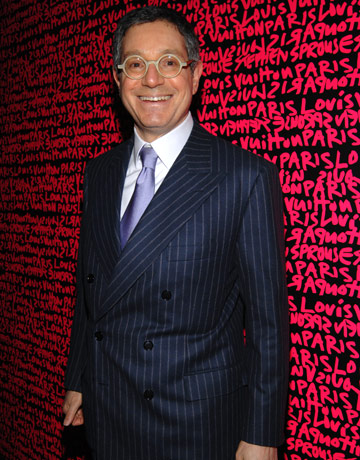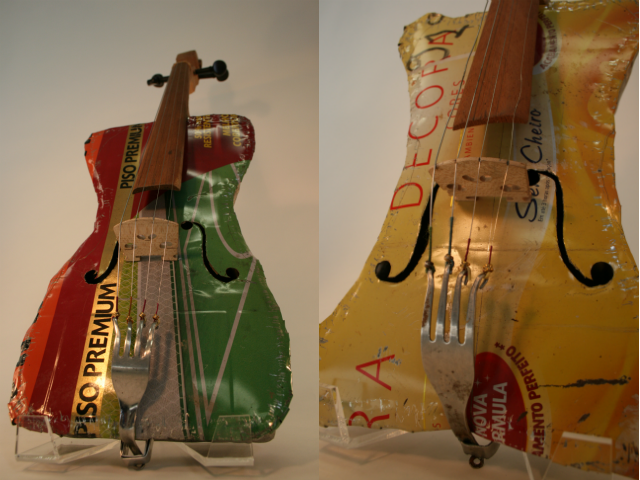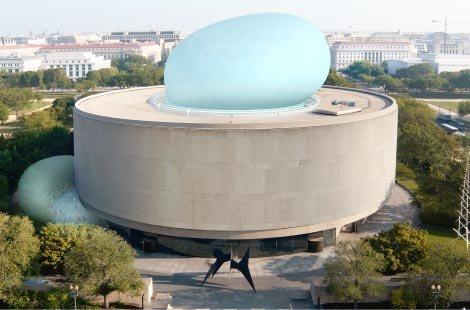Not kidding, this just in:Â WHAT SHOULD DETROIT DO WITH ITS ART?: THE SEQUEL — published on the New Yorker website.
Among his comments:
I retract my hasty opinion for two specific reasons, and because I have a sounder grasp of the issues involved. First, the facts: I am now persuaded that a sale of the D.I.A.’s art, besides making merely a dent in Detroit’s debt, could not conceivably bring dollar-for-dollar relief to the city’s pensioners. Further, the value of the works would stagger even today’s inflated market. Certainly, no museum could afford them. They would pass into private hands at relatively fire-sale prices….
…Finally, some acute attacks have shown me the indefensibility of my position. For example, from a blogger, would I “suggest that Greece sell the Parthenon to pay its crippling national debtâ€? The principle of cultural patrimony is indeed germane, and it should be sacred.
That last was from Hrag Vartanian, which I highlighted here.






